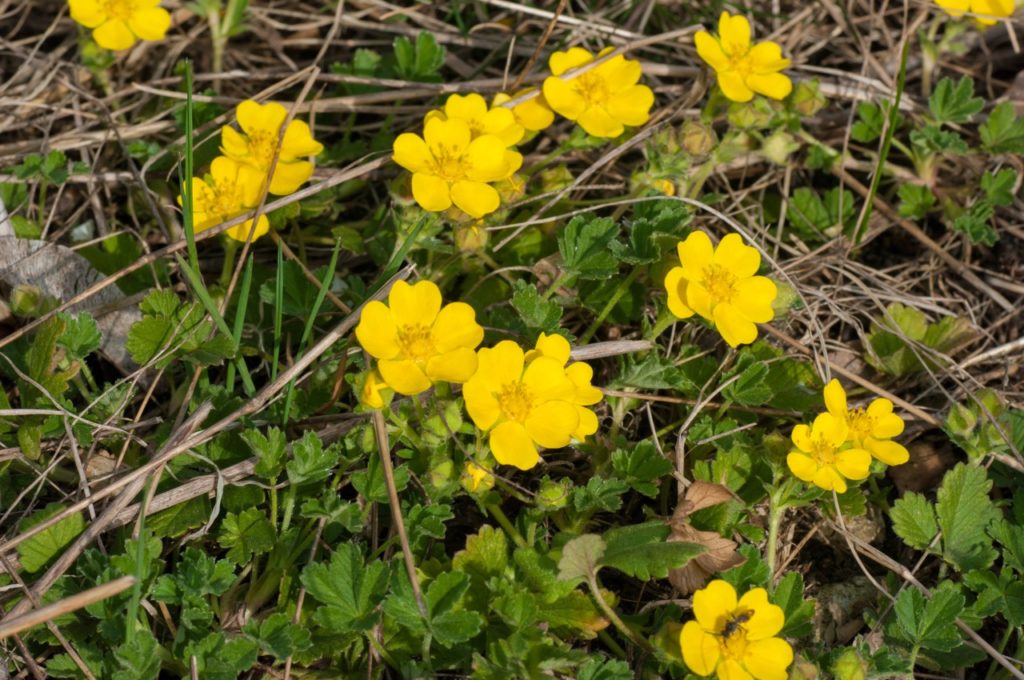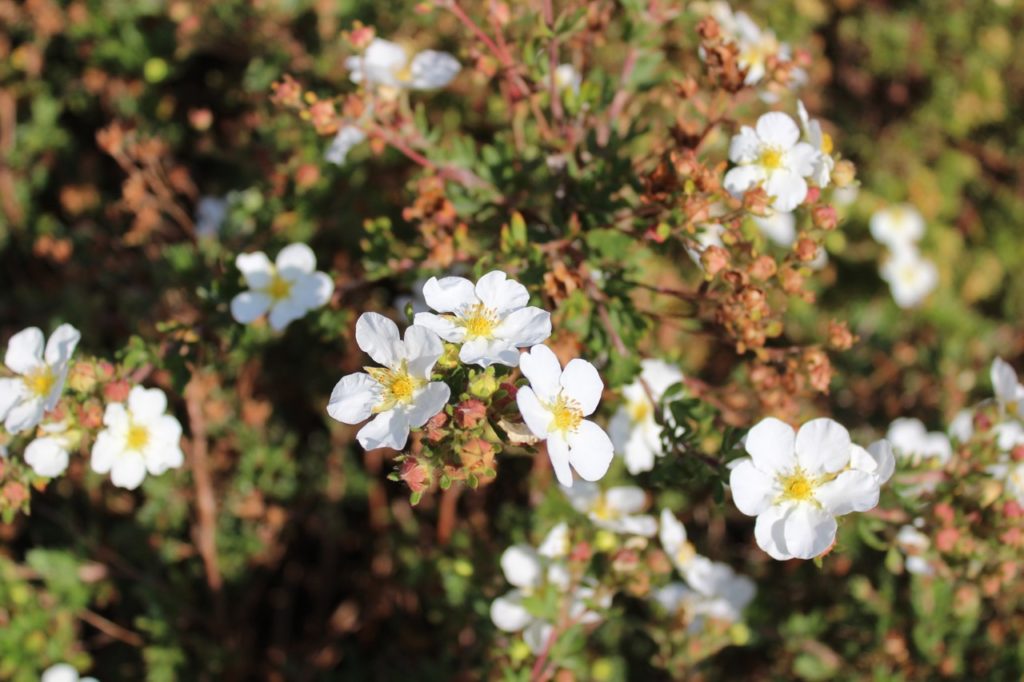SHRUBS > POTENTILLA > PRUNING
IN THIS GUIDE
POTENTILLA GUIDES

PlantingPruning
Potentillas can be either shrubs or herbaceous perennial plants and there are numerous species and named cultivars that are pop in UK gardens .
Potentillas grown in garden are typically categorised into shrubby and recurrent types .

Characteristics and care requirements dissent depending on which of these two groups we are refer to .
Shrubby genus Potentilla are pretty shrubs that can be useful at the front of a bottom or border , as a earth cover or to form low hedges in a garden for a summertime exhibit , whereas repeated genus Potentilla make attractive cottage garden plants .
Pruning requirements are minimum for both of these types of potentilla , so read on to see how you may prune your shrubby or perennial varieties .

Do You Need To Prune Potentilla?
Shrubby potentillas naturally have a unaffixed , raw form that does not respond well to overly zealous pruning .
Often , pruning requirements will be minimal and less is unquestionably more when it fall to pruning these shrubs .
Pruning is typically carried out meagrely for the health of the plant life and also to keep things see neat .

A small pruning can be an aesthetic determination .
When To Prune Potentilla
worldwide maintenance pruning and any neatening , as well as more drastic rejuvenation pruning if desire , is best carried out in the early spring , before the flower buds form .
Pruning later is possible , but it will concentrate flowering in the current and subsequent year .
Maintenance Pruning
With an annual pruning regime for shrubby genus Potentilla , the central goals are to remove any dead , discredited or pathological material down to within 15 cm of the earth , or to a salubrious theoretical account .
you may also give the plant a gentle trim all over for spruceness .
It is important not to clip too intemperately , as these shrubs have a innate loose and open form that does not loan itself to particularly conventional pruning .

Rejuvenation Pruning
However , if a mature bush has become leggy , overgrown and unsightly , or if anthesis has diminished , harder greening pruning is potential .
“ On sandlike , sterile land Potentilla shrubs tend to grow in quite fuddled , mounded pattern , ” says Horticultural Consultant Colin Skelly .
“ In more fertile , moisture - retaining soil , they can become far more floppy and lax . This is when you might need to be harder with your annual pruning and carry out occasional renovation . ”
If you wish , you may remove up to one - third of the older stems down to within 15 cm of the ground in one year ( though flowering will belike be slim ) .
Over the next couple of days , you may continue this cognitive operation until all the older portions of the flora have been replaced with new growth .
Just ensure that you do not take out more than a third of the plant in one year .
Cutting Back In Summer
Perennial potentillas can sometimes have a leaning to founder as they grow .
One option that some horticulturalists will take is hack back in late May or former June .
Known as the Chelsea chop shot ( because it is hold out around the sentence of the Chelsea flower show ) , this can create sturdier works that wo n’t be as likely to founder and can check flowering.1Fowler , A. ( 2014 , May 17).Alys Fowler : the Chelsea chop . The Guardian . Retrieved March 23 , 2023 , fromhttps://www.theguardian.com/lifeandstyle/2014/may/17/alys-fowler-chelsea-chop
However , in most garden , this is far from essential , but you may decide to cut back some or all of your recurrent potentilla bet on your own preferences and goal .
Cutting Back In Spring
repeated genus Potentilla will naturally die back at the end of fall before fresh emergence emerges in the spring .
Traditionally , some nurseryman would trim back perennial like these in the autumn once they croak back to keep the garden look neat .
However , tolerating a little fierceness over the wintertime months and leaving numb stuff in place in a perennial bed can contribute benefits for winter insects and other wildlife .
So , rather than cutting back these and other perennials once the maturation die , it is far better to allow any dead material support over winter before rationalise this back in early fountain , just before raw maturation begins to emerge .